To get the most inspiring events of 2012, we polled our staff, our readers, and researchers associated with the Greater Good Science Center. And here’s the answer we got: crickets. At first, our staff and supporters drew a blank.
We shouldn’t be surprised. Even people investigating the brighter side of life are subject to negativity bias, the natural tendency for humans to remember the bad things in life better than the good.
That’s why lists like this one are so necessary: To correct for that bias and help us remember acts of human goodness, sometimes in places where we least expect them.
Have you ever wondered why we find images like these so inspiring? In his classic Greater Good essay, “Wired to be Inspired,” psychologist Jonathan Haidt describes a series of experiments that reveal how contagious “elevation” can be—and the mental and physical health benefits it can bring. More recent studies have confirmed his findings—and extended them, as when one study found that seeing inspiring images can produce measurable behavioral changes:
Participants read articles and watched videos depicting acts of common or uncommon kindness. Some read about an organization that establishes neighborhood gardens, while others saw a music video illustrating how the singer’s entire budget was used to aid impoverished communities around the world. Participants then had the opportunity to give money to others or keep it for themselves.
The results show that hearing about these good deeds made the participants more likely to give away their money—but only if they had been exposed to an extraordinary good deed, not just an everyday act of kindness. What’s more, participants who saw themselves as highly moral people tended to give money more often than those who did not.
This study has important implications for the news media, which tend to report negative events more often than positive ones. The results suggest that even a subtle shift by the media could have profound effects.
We hope these images will inspire you to do some good in 2013!
 © (Brian van der Brug / Los Angeles Times)
© (Brian van der Brug / Los Angeles Times)
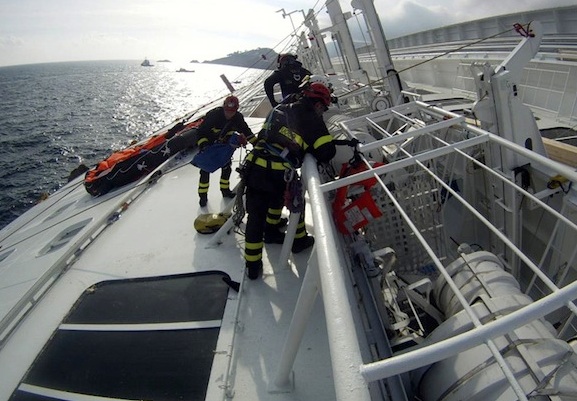


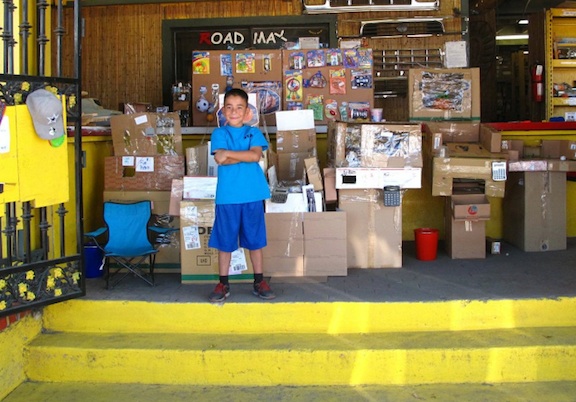
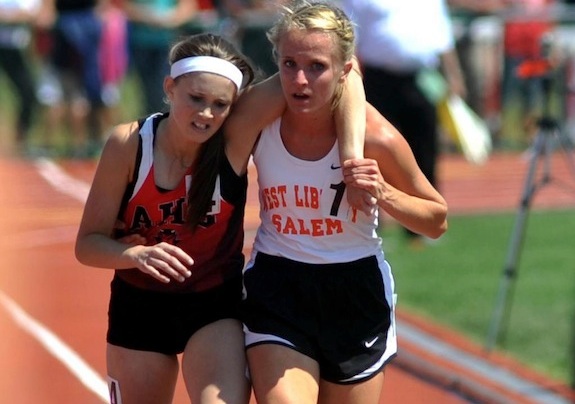

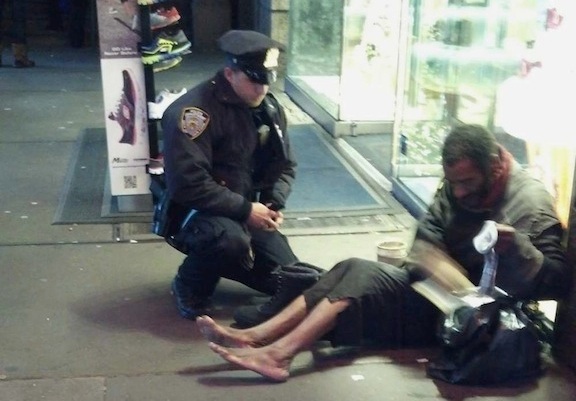
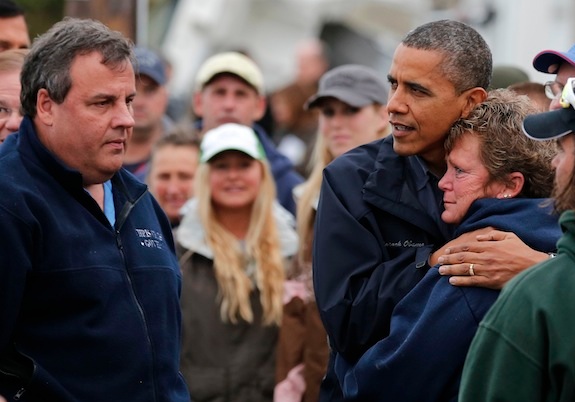
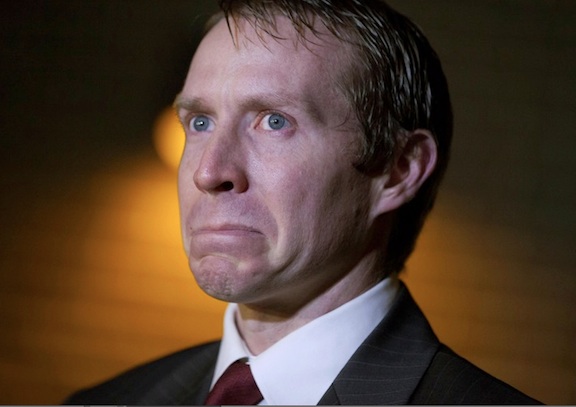







Comments